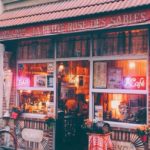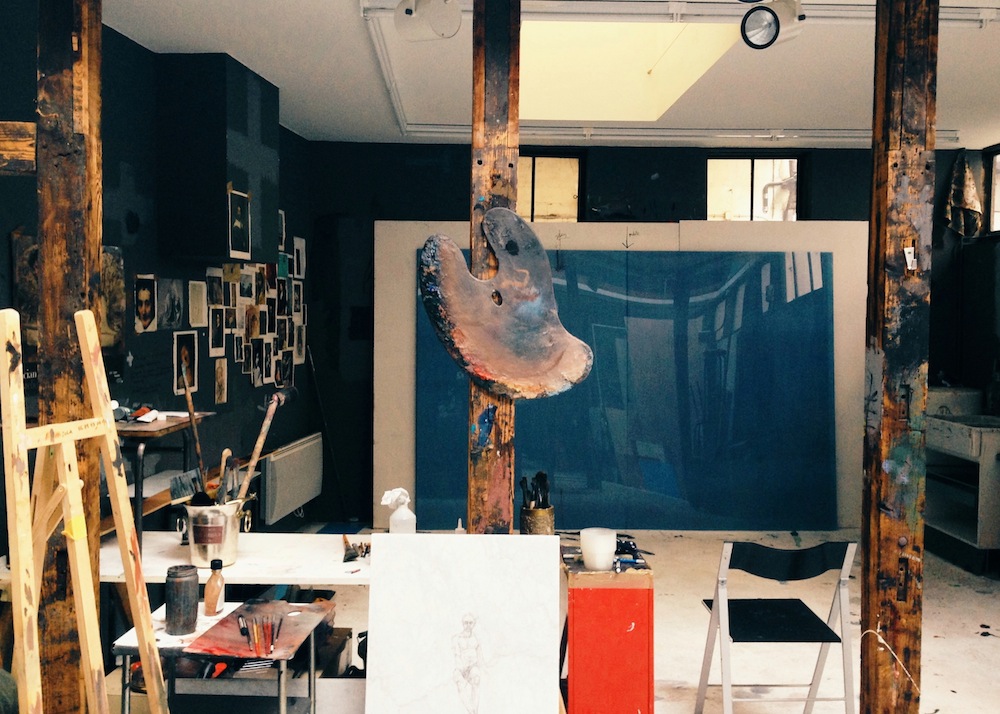
When I step behind the facades of Paris in search of its hidden treasures, I’m usually not invited. At the promise of a medieval courtyard or an old atelier, I’m guilty of waiting for Parisians to come out of their buildings so I can slip through the doors before they close after them. But this time, someone who heard I have a thing for snooping around was waiting for me on Rue Saint Jacques, one of the oldest streets of the city.
Popping his head out from behind the heavy blue doors, Virgile beckons, “Pssst! In here.”
Virgile is my key to the studio of an American artist in Paris. He works for a gallery in Saint Germain where he fell under the spell of our painter, H. Craig Hanna, who I’ve come to imagine as the last American artist in Paris– a lone painter from the lost generation of Left Bank bohemian ex-pats.
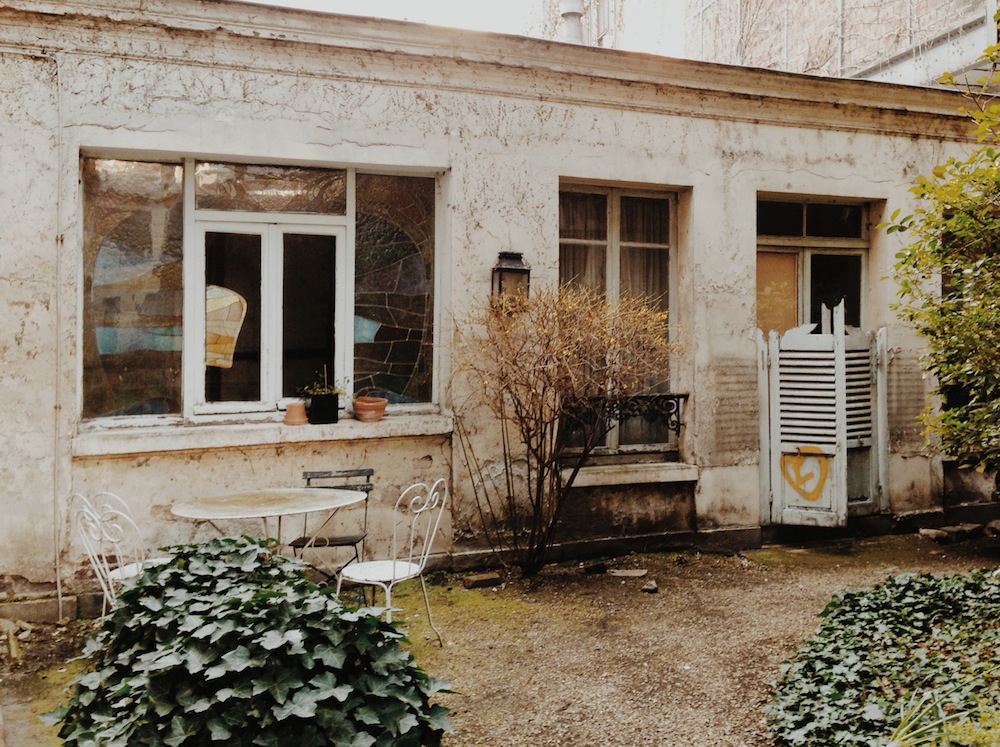
As Virgile guides us towards Craig’s studio hideaway in the Latin quarter through a series of courtyards, each more enigmatic than the last, it feels like we’re delving deeper into a place where time has stood still since Hemingway last claimed this neighbourhood as his stomping ground.
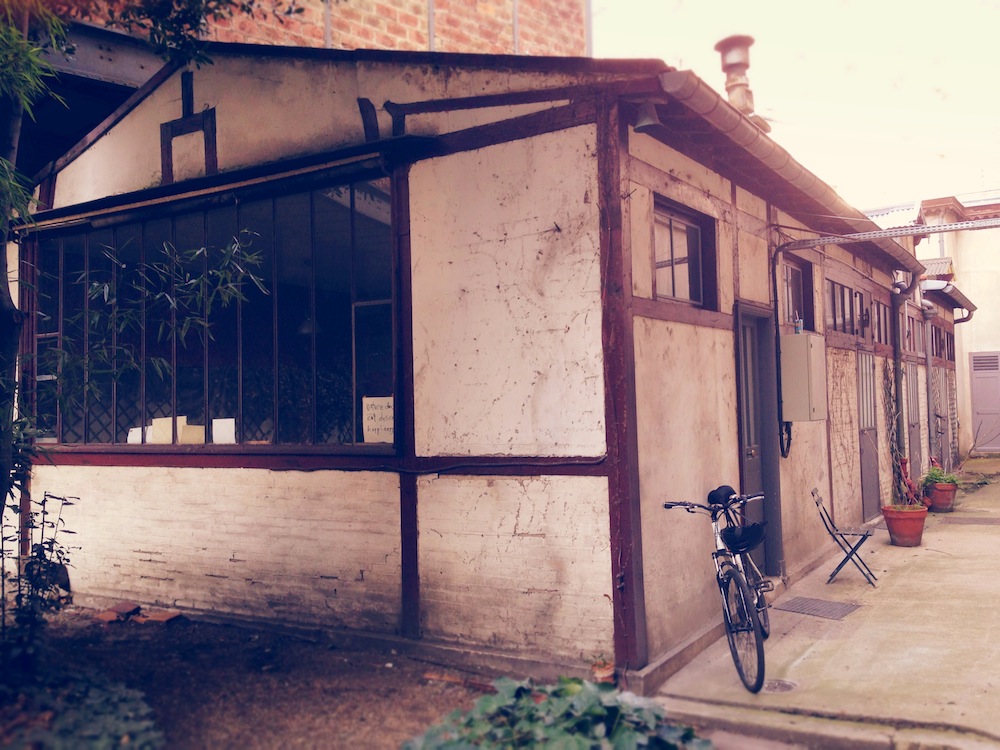
Craig’s bicycle leaning against the wall is the only sign of human presence in this perfectly silent enclave. We wave to him through his tall windows and proceed to step inside his world…
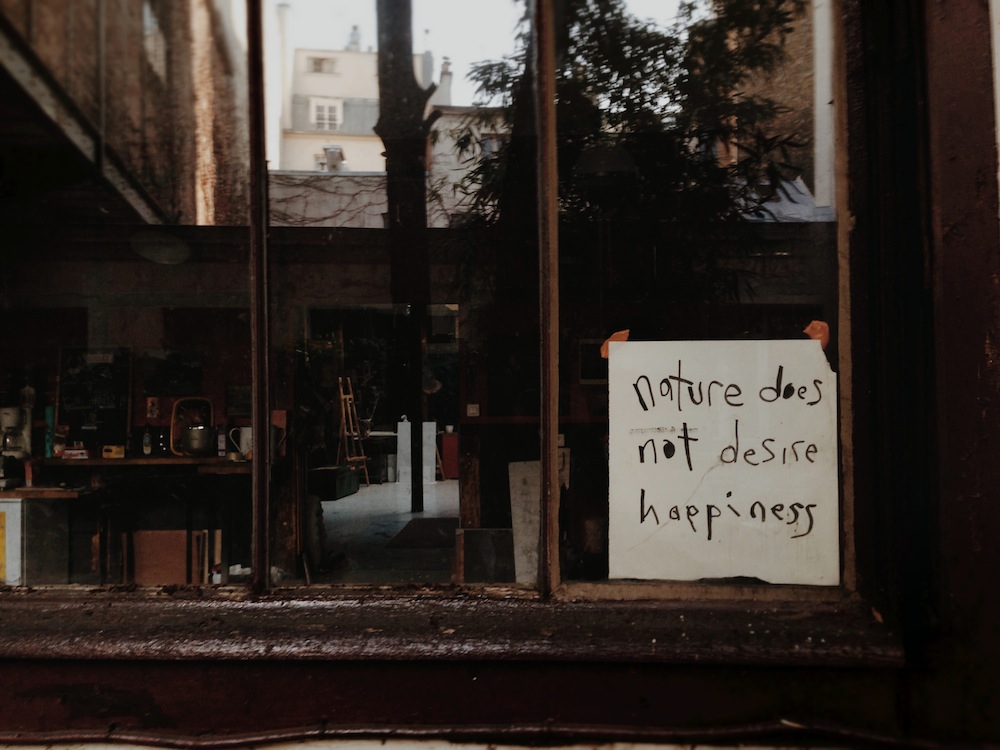
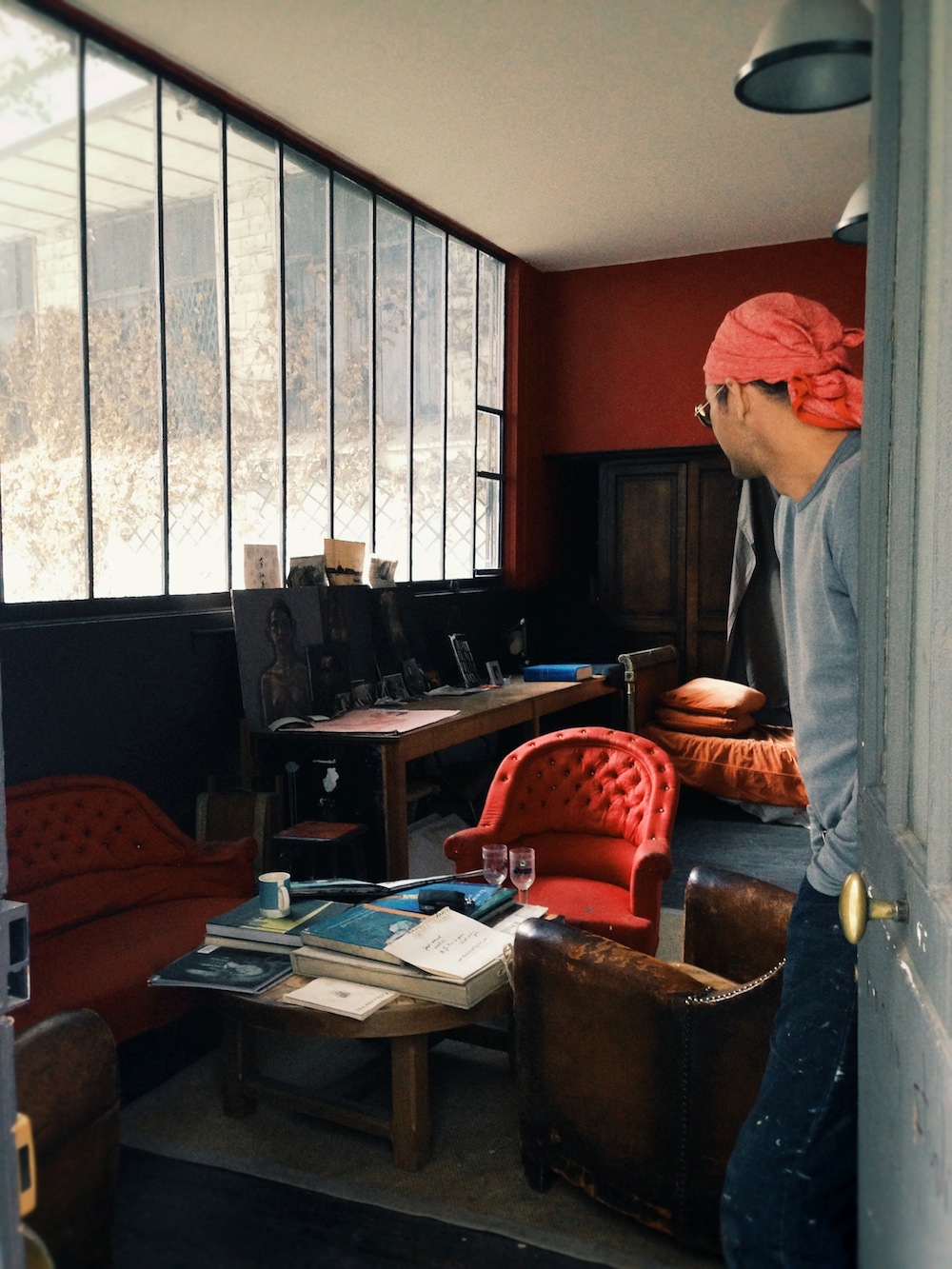
As casually as he invites us in, it’s not lost on me that I’m entering the brain of the artist, who instead greets me with a comforting air of modesty in his body language, as if to say he’s not quite sure why I’m interested in seeing his cluttered, paint-stained studio, but he’s sure glad to have the company.
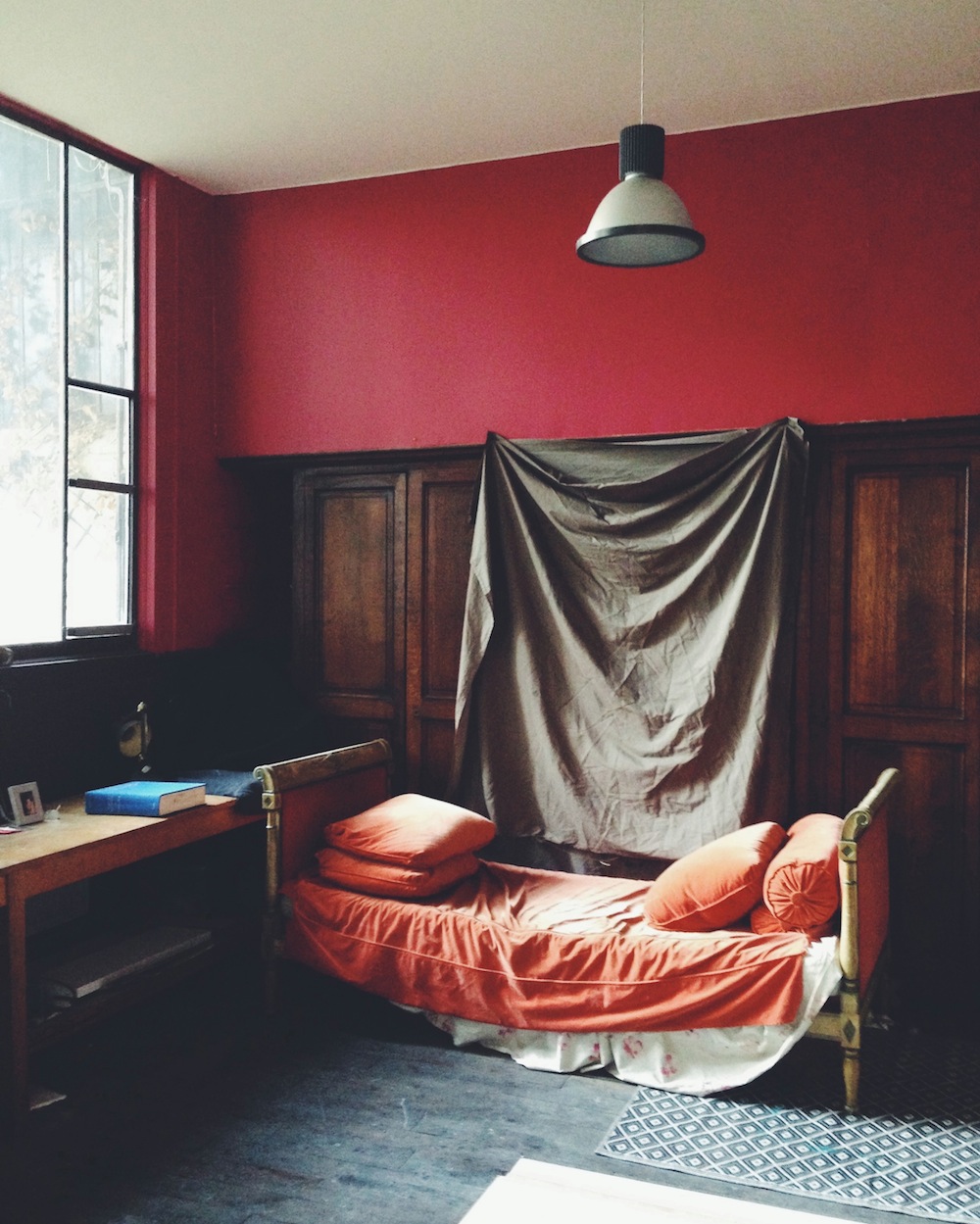
The space is made up of rich colours and textures and backgrounds straight out of a 19th century portrait painting, chaotic tables of oozing paint tubes, surfaces covered in tear-outs from sketchbooks and art books about his heroes…
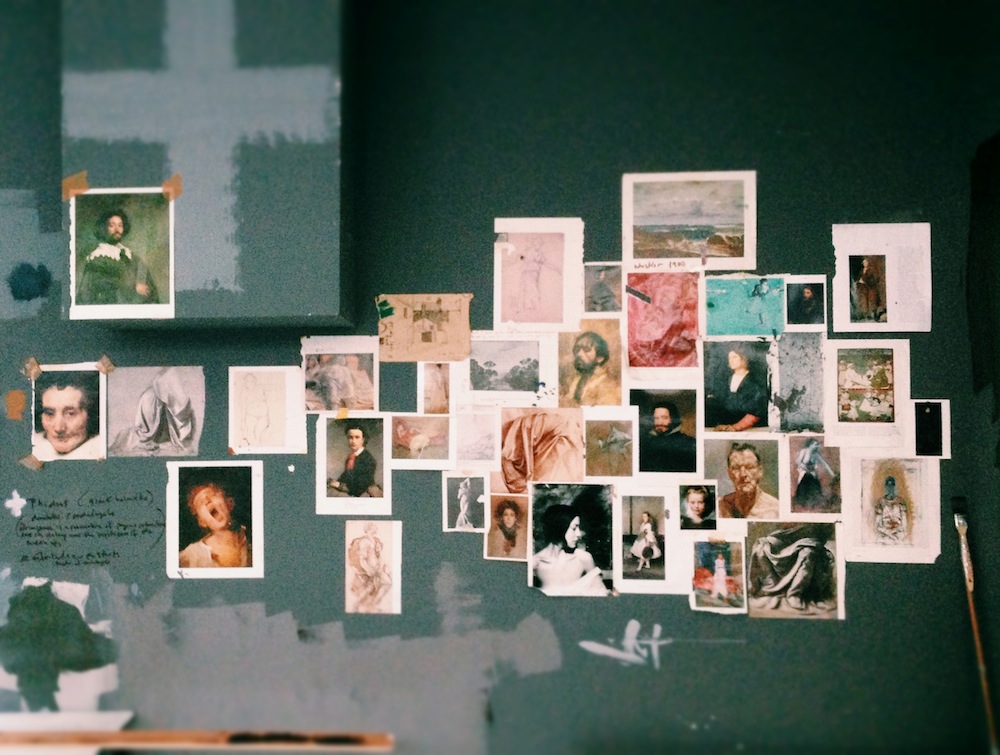
Scrambling for my phone, I make my usual apologies for not having a big professional camera and ask for the go ahead to begin snapping every inch of his eccentric den…
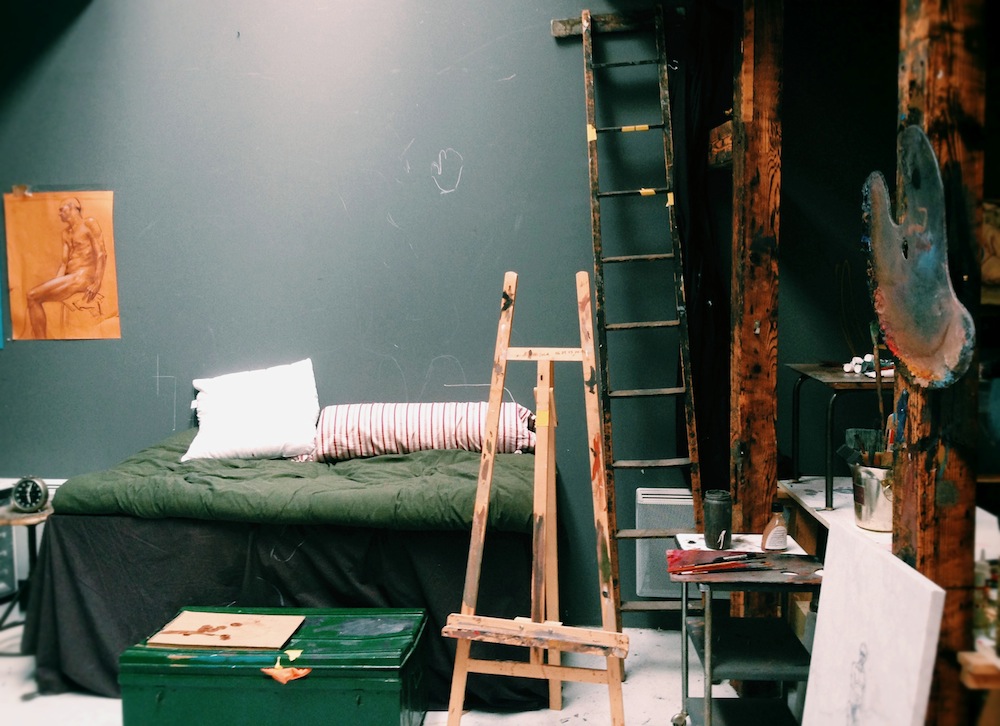
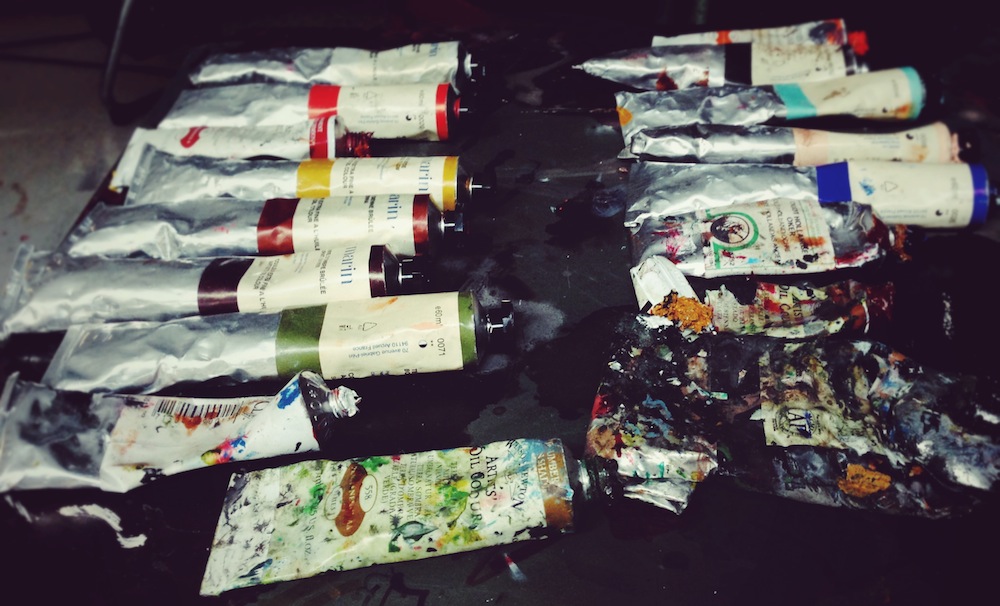
As I begin to probe with my ‘what’s this and what’s that?’, he pulls out some sketchbooks and sprawls out on the floor where he seems to be most natural, flicking through his pages and pages of blueprints, destined to become two meter tall portraits or three meter wide tryptic landscapes he paints on plexi-glass using acrylic and ink.
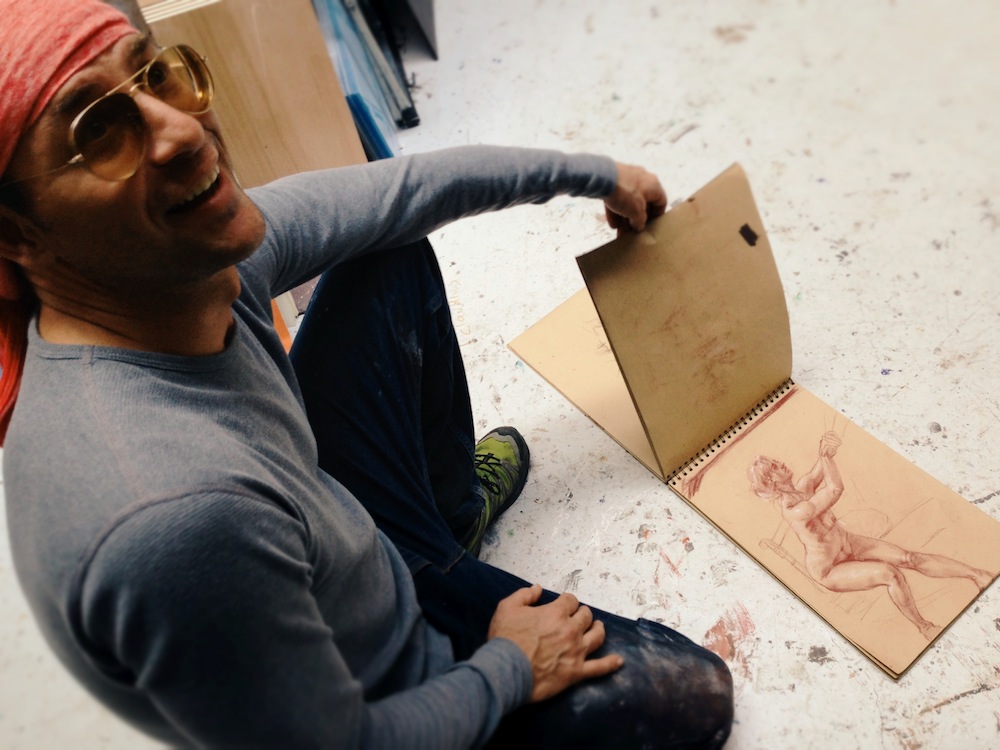
At this point, I should mention, I’m no art connoisseur, not even close. That aside, I can’t help but assume we just don’t see artists draw or paint like this anymore, with such romantic draughtsmanship and integrity reminiscent of classical masters of French art. Ya know, stuff you find in the Louvre. Virgile, kindly tells me I’m not far off but I could also notice that Hanna often puts little clues to the contemporary in his work, like the inclusion of the odd neon Scooby Doo bracelet worn by one of his nude models at the time they were posing for him.
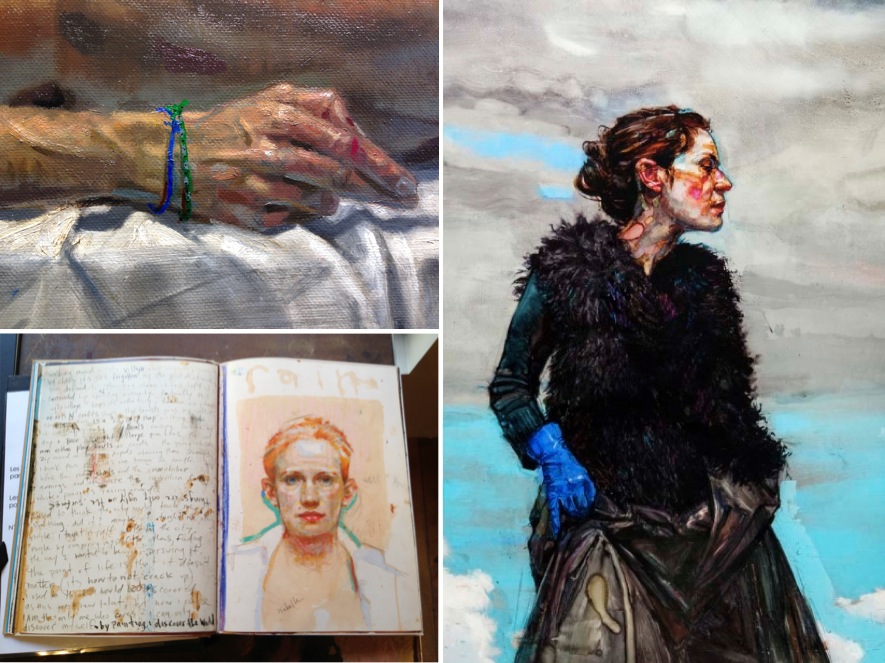
As an ex-pat myself, I have to ask how he ended up in Paris.
“That’s all about Laurence,” he says without hesitation. Laurence (in the painting, above right) is the owner of the gallery that is dedicated solely to exhibiting his art on Rue Bonaparte, down the road from Café Flore. She is perhaps to Hanna who Sylvia Beach was to a struggling Hemingway or James Joyce in 1920s Paris.
“She bought a painting from me when I was living in London. I came over to meet her and deliver the painting to her in Paris myself. And I don’t know … we just became really good friends. She’s super cool,” he gushes innocently. “She loves art and she’s just smart. Then her neighbor wanted to buy a painting. And then she had another friend and another one. So she suggested: Why don’t you bring all of your paintings over here for a month and we’ll hire a little space somewhere and have a little show? Nothing was happening for me in London, so we just did a little show. Sold everything.”
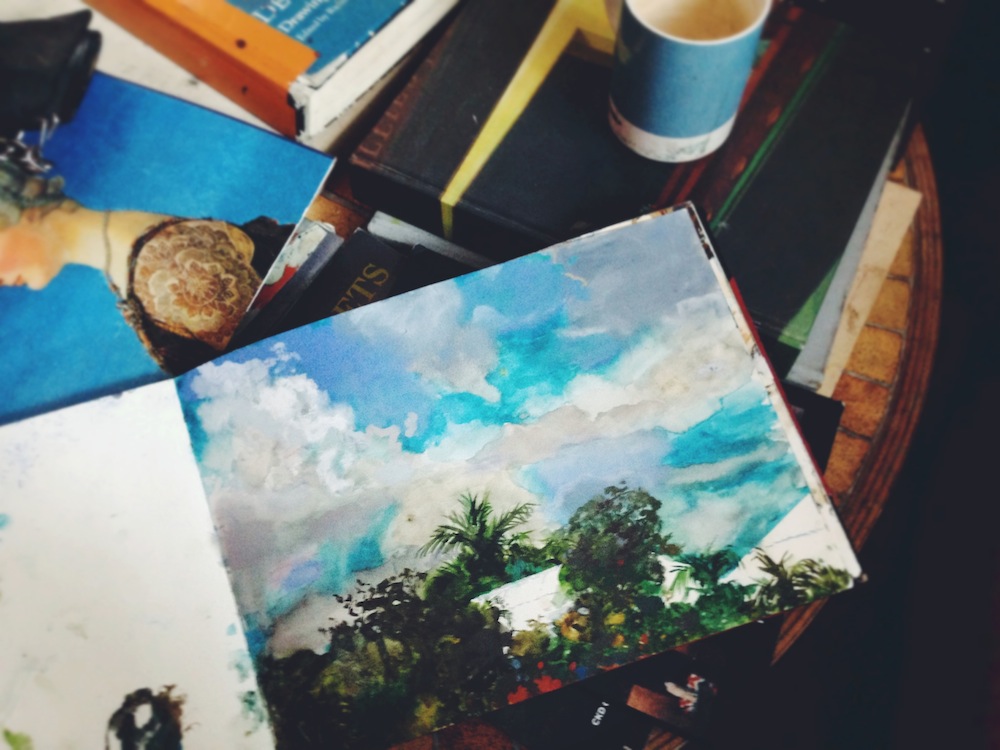
I’m curious as to why Paris has been so much better for him as an artist…
“Here’s the thing. In London and New York, anything goes these days– it’s all sensational art.” He picks up his leather wallet with a metal chain attached and dangles it in front of us. “It’s like this could be hung in a museum and be worth a billion dollars because Charles Satchi promotes it. In Paris, the French don’t really go for that, they don’t really buy into it, which is cool,” he shrugs. “There’s a huge appreciation for classical figurative stuff. It’s in their history.”
We get into the subject of art and money, which Craig says I shouldn’t get him started on …
“There’s a lot of new money out there today, and they want to buy art as a commodity. A lot of bankers will make million dollar bonuses so they’ve got to do something with that money, right? And they don’t want to get taxed on it, so if they buy art …” he gestures the etcetera with his hands and sighs. “Yeah, it’s a bad scene. I’m the antithesis of that. The art world doesn’t even know I exist … and I don’t care.”
You can tell he really doesn’t, sitting there with his leg dangling over the arm of a tattered leather chair, content and carefree.
“It might be nice to be in a museum one day but I just like to paint and sell them to people who actually exist– people who I can see, meet, talk to, who are actually interested in my work. And that gives me money so I can paint some more.”
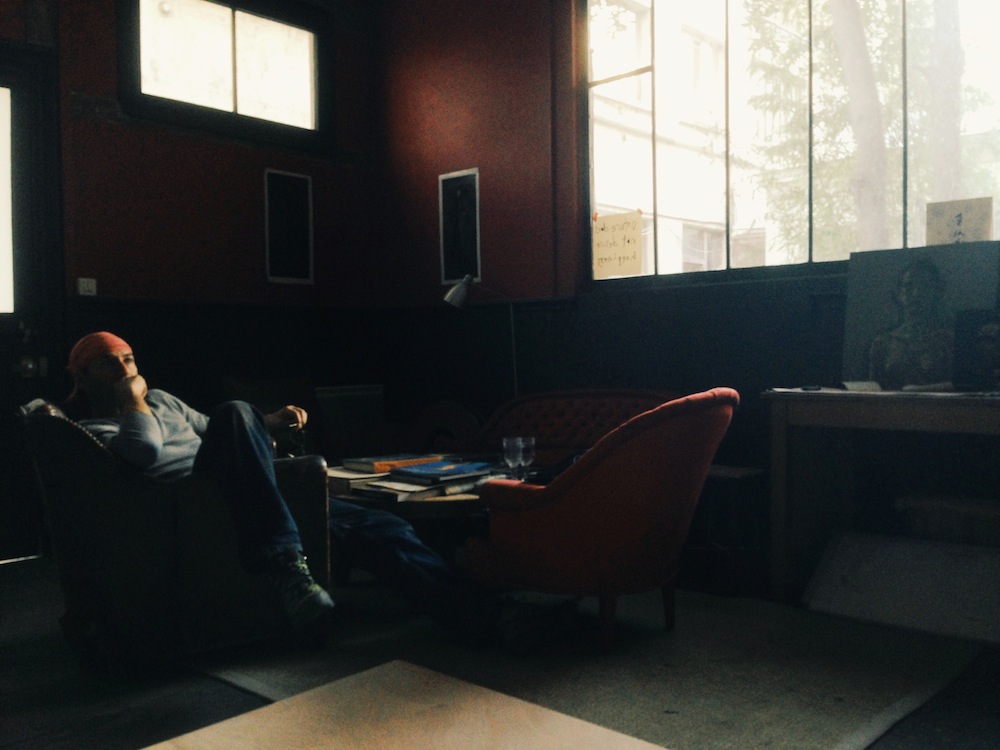
I want to know more about his life in Paris, secretly hoping we might have some favourite haunts in common …
“When I first arrived, I had this little room with a studio above the gallery in Saint Germain. I was living up there and I had this ridiculous life. I found some really cool places to go in Saint Germain that nobody had heard of, because no one was really hanging out in that area anymore. There is this secret no-name whisky bar that you have to knock on the door in a funny way and this guy answers and there’s a password and he just sells whisky. But he’s a curmudgeon man, he’s the meanest guy! Although he liked us … probably because my girlfriend is scottish and he likes scotch. It was open like one day a month.”
Eyes widening, I jot down the co-ordinates of this illusive whisky bar, which Craig vaguely remembers is on the corner of Rue Grégoire de Tour and Rue des Quatre Vents in Odéon.
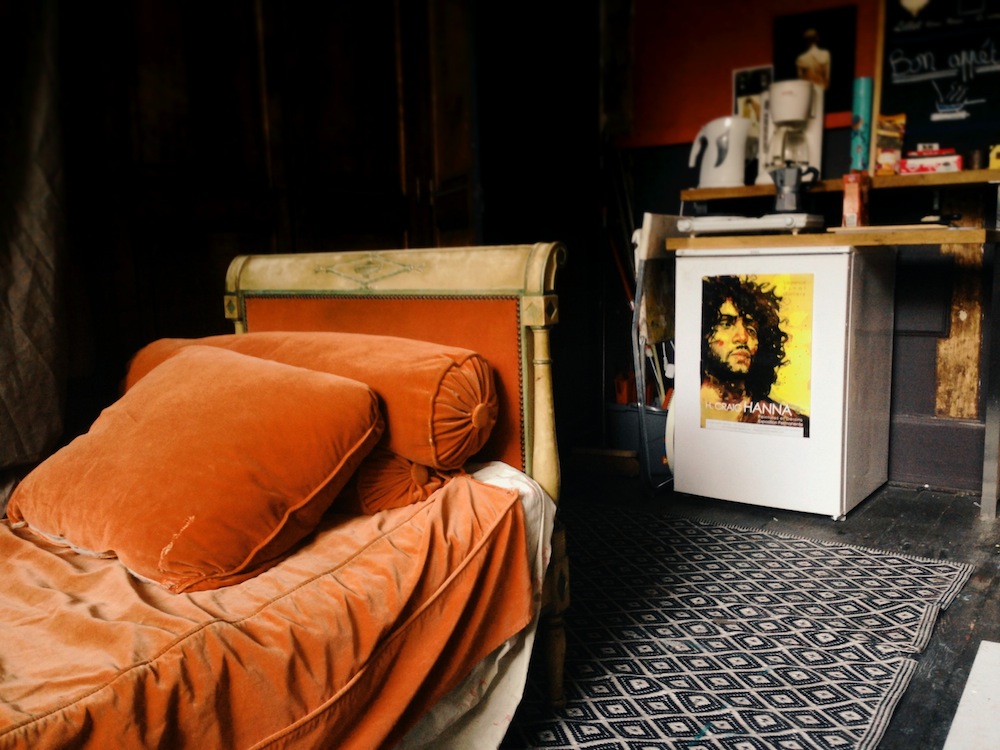
“I get lonely here in the studio all day. And after 8 hours in a meditative trance, I just want to get out and run wild. So it’s very tempting to just go to the bars. It’s dangerous. I think that’s why all artists are alcoholics or drug addicts,” not necessarily implicating himself. “Doing sport helps.”
Is Paris your last stop? I ask, hoping to hear we share the same gravitational pull of the city.
“Well yeah, I wouldn’t have lived here when I was 20. That was when New York City was the place to be for me. Parisians just sit and eat and smoke and that works for me now.”
Craig is somewhere in his forties and while he calls Paris home today, New York is close to his heart.
“The first time I showed my paintings was in a window display for Bergdorf Goodman, you know that fancy department store in New York City. It was my first show, right out of grad school.”
At this point, Virgile, who has been patiently sitting in the corner while I’ve been nosing through Craig’s world, interjects with a grin, suggesting I might want to know how the gig with Bergdorf Goodman happened.
Craig says I really don’t need to know that story. Clearly I do, so we whine and moan until he tells it.
“Okay, I was so poor and I had a girlfriend who worked for Marie Claire and she got me to do some jobs posing for the magazine.”
Oh so you were a model then?!
“Yeah I guess that’s what it’s called. It’s actually better than working in a shop and you get to travel. So I was drawing on set once and this woman saw me sketching and that’s just how it happened.”
Do you think that’s how it happens?
“Luck? Yeah. But you gotta have a product too.”
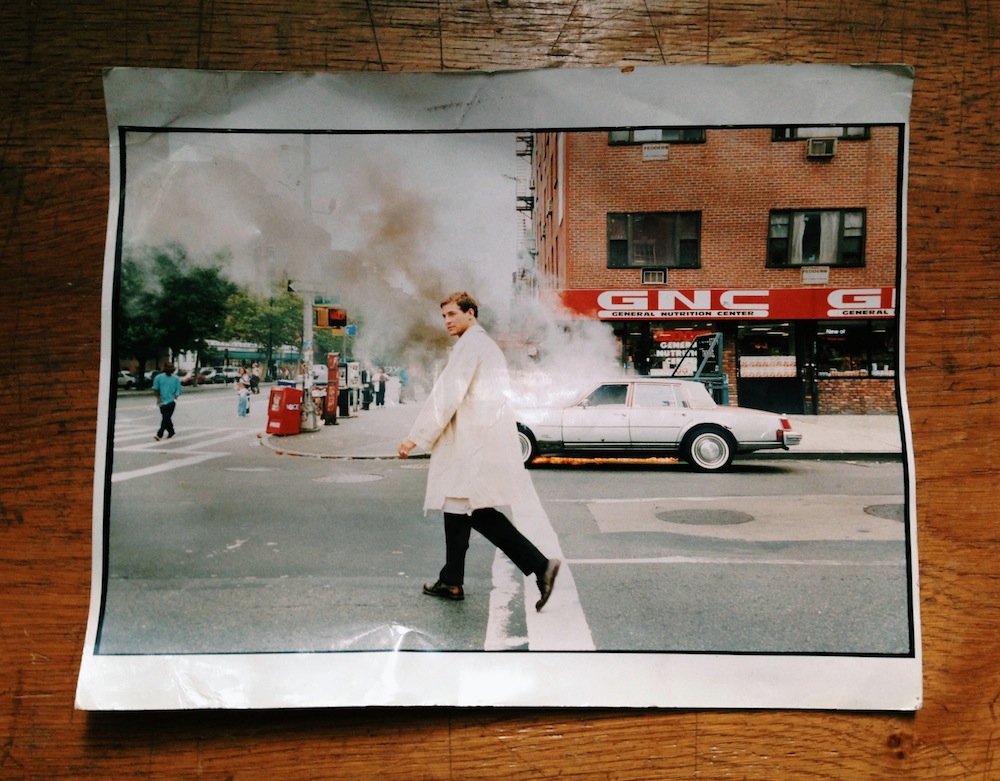
That’s a picture of Craig in New York that he had lying around the studio, probably taken sometime in his late twenties. “My friend took that picture on a whim. I don’t know why the car is on fire.”
I ask about some of the other pictures he has of his family, a small collection from all decades scattered on a table.
“Oh that’s my crazy german grandma with her eight brothers and sisters. I’m also part Scottish and Romanian. Have you ever been to Transylvania?” he asks me. “Now that is a very cool place.”
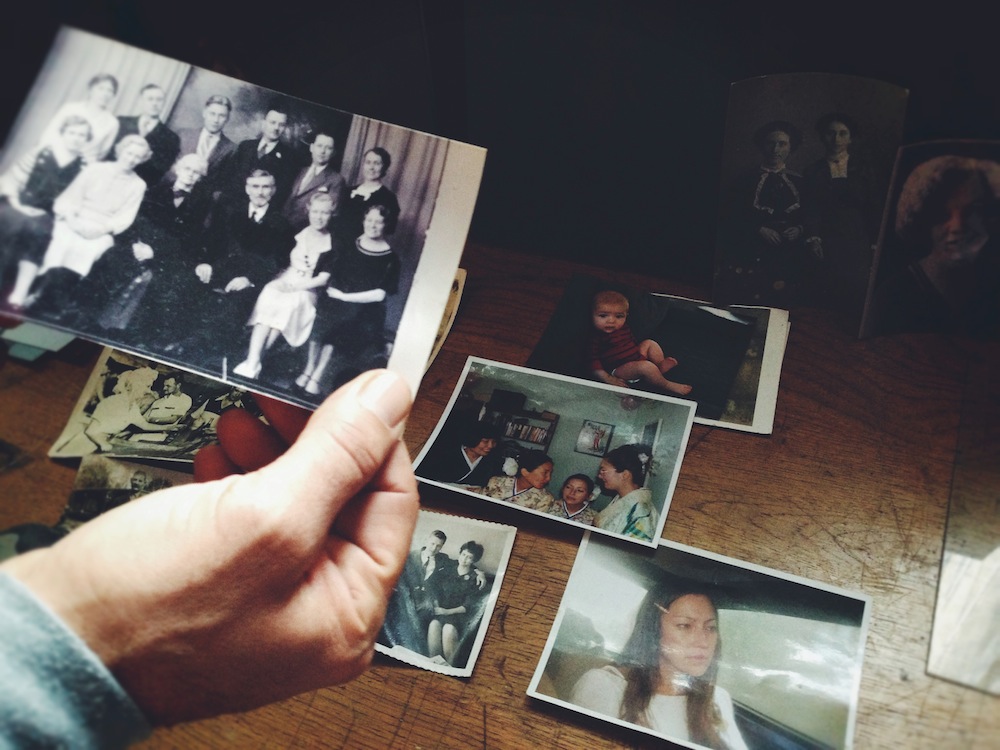
Before I know it, we’ve spent more than an hour lounging around the studio and talking, and talking. But I can’t leave without exploring a little more outside. With all the time he spends here on his own, Craig knows it like a hideout he might have built himself as a kid and can’t wait to show me all the neat stuff he found.
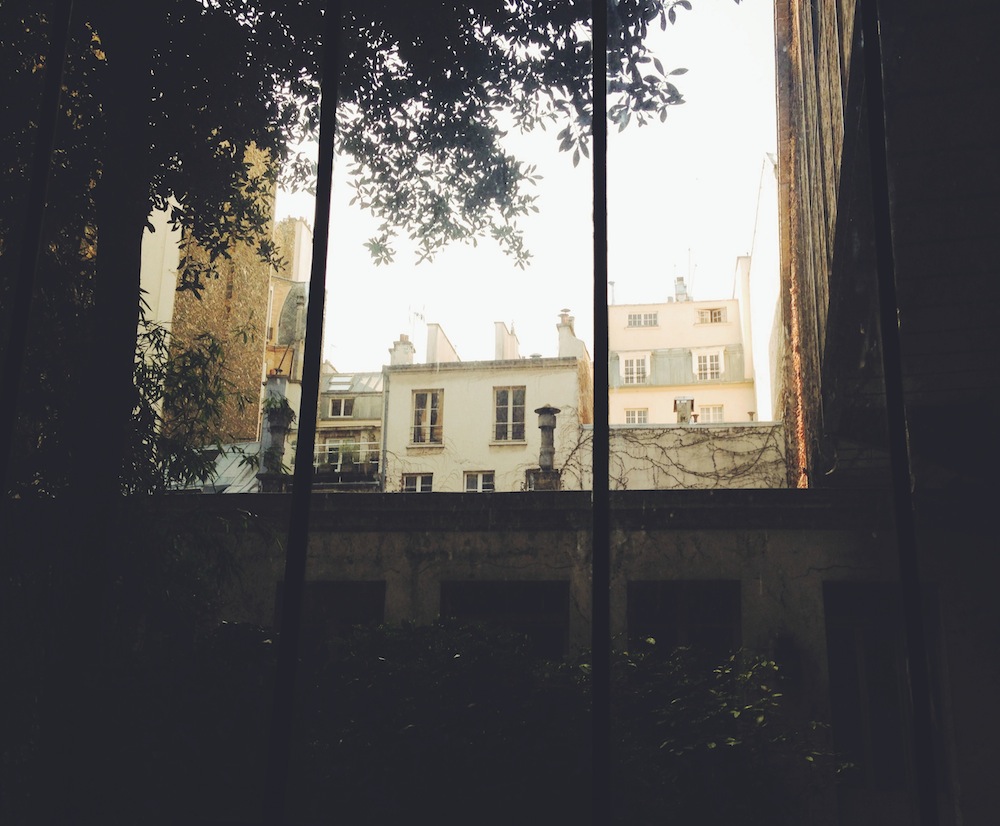
The owner of this hidden enclave, which once served as a printing press, is a kind and ageing grandfather Craig tells me, who wants to preserve its artistic heritage. Hanna and his paintbrushes were the perfect tenants. The owner’s grandson however, soon to inherit the property, has very different ideas, mainly money-making ones.
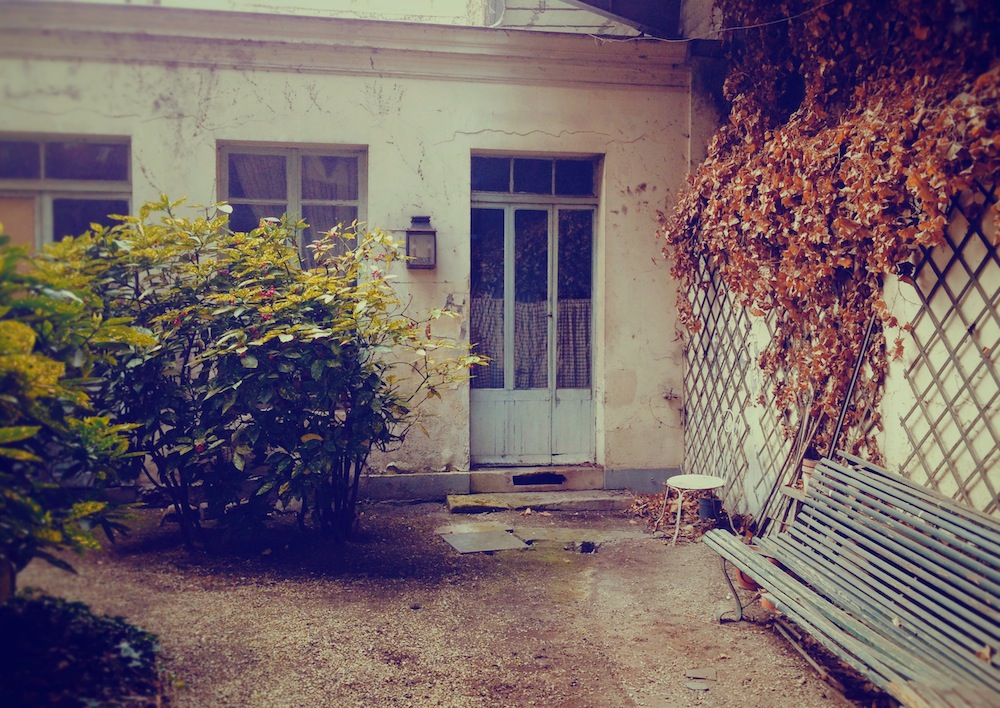
“Look, they’re all empty”, says Craig as we peer into windows of the surrounding dwellings.
“I got into that house once,” he says, beckoning me over to the one with worn pastel French doors. “Some guys came to check the electrics and I wandered in. No one had been in there for 50 years.”
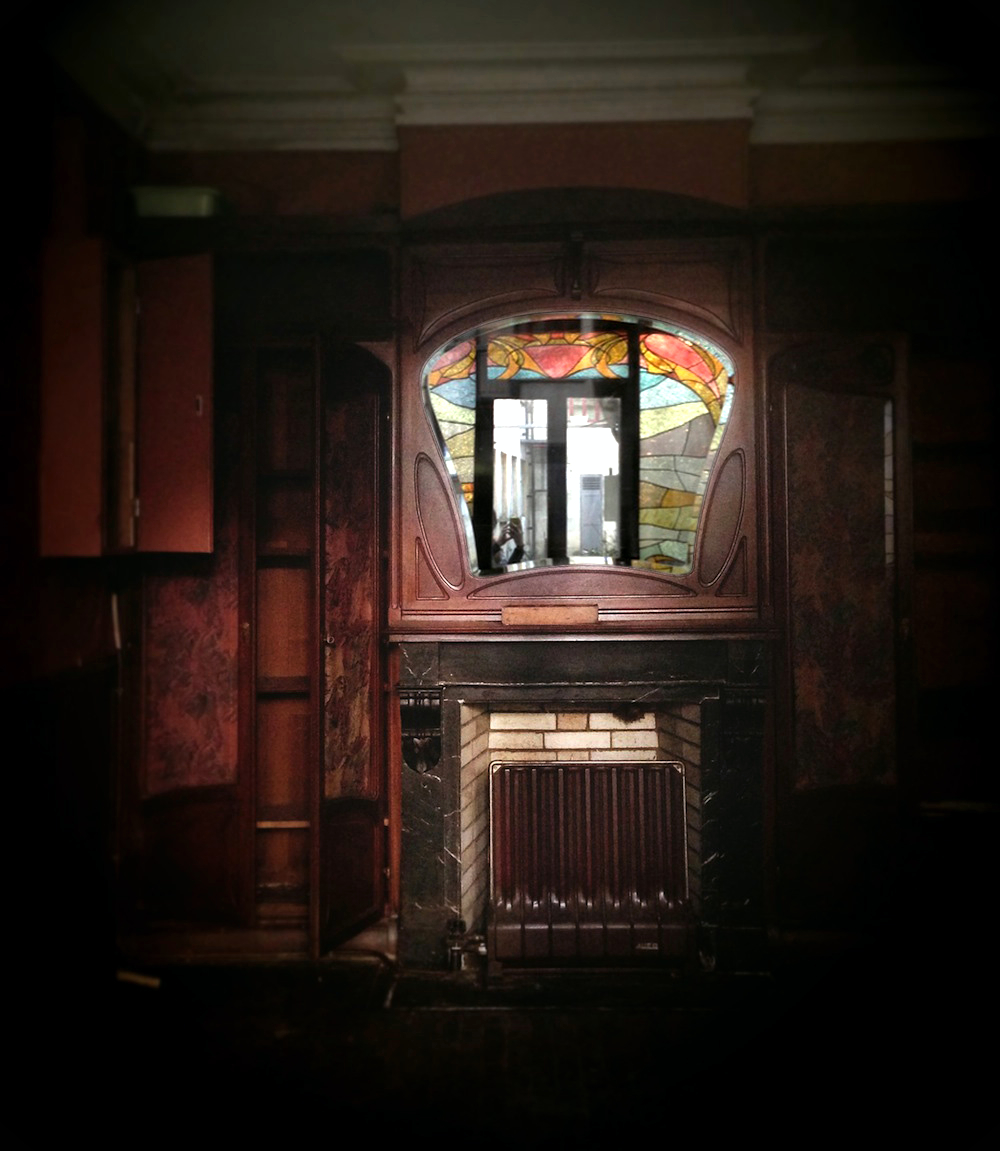
I wipe off a spot on the dusty window with my sleeve to find a perfectly maintained art nouveau living room with stained glass glowing back at me in the mirror.
For now, Craig might not have his work in a big museum, but the way I see it, he’s got his own secret museum right here in Paris. Surrounded by time capsules preserved behind glass, he is the the star attraction of this show, breathing life into the atelier and keeping la vie bohème alive with every stroke of his brush. Who needs the Met?!
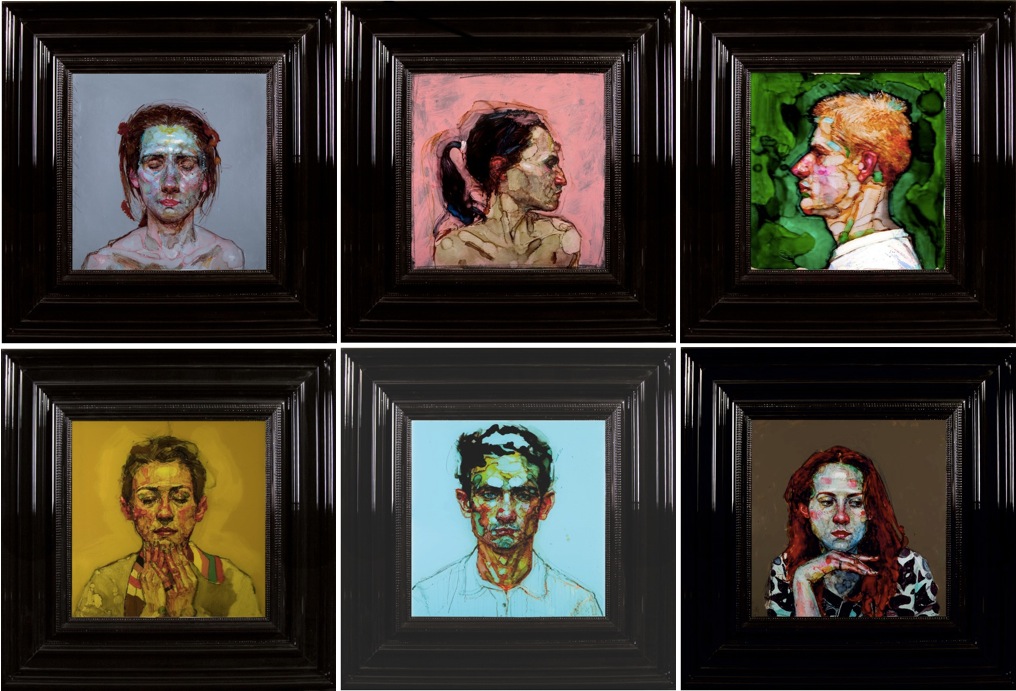
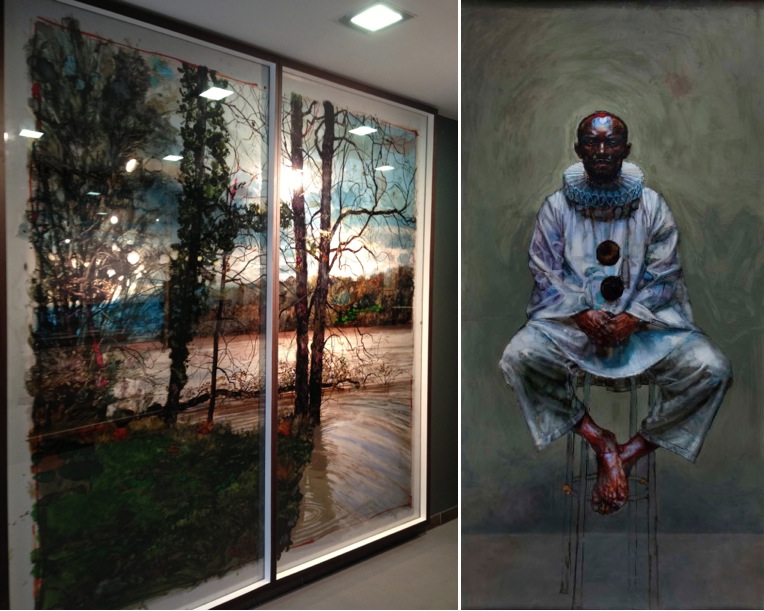
If you’re in Paris, ambling around St. Germain, absolutely go and treat your eyes to H Craig Hanna’s paintings and his intriguing use of modern plexiglass against his stunning classical technique. Not your average art gallery, the artist himself is often hanging out there with Laurence or Virgile in this beautifully curated and surprising space, big enough to feel like your own private museum in Paris. Tell them I sent you!
You can find the Laurence Esnol Gallery at 7 and 22 Rue Bonaparte in Saint Germain, open Tuesday to Saturday from 11h30 to 19h30.
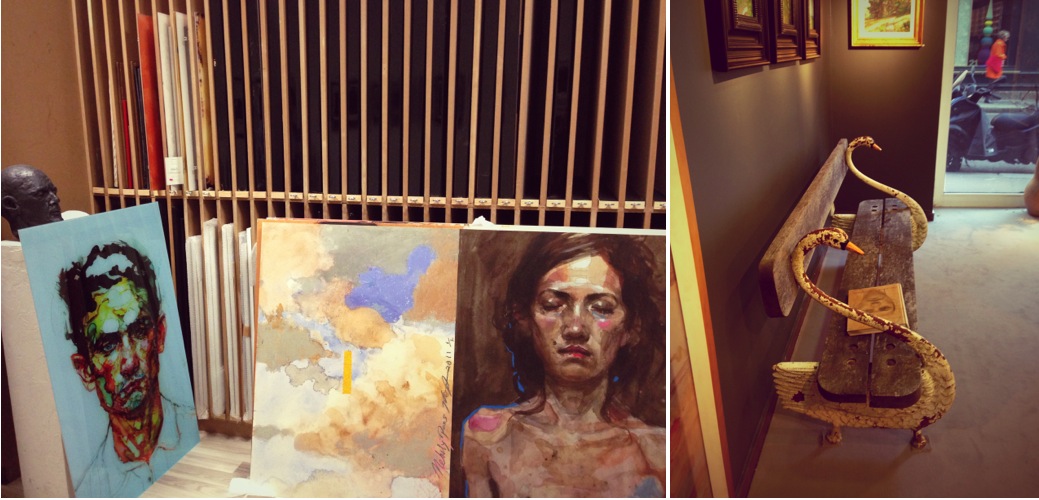
Keep up with H. Craig Hanna on Facebook.




